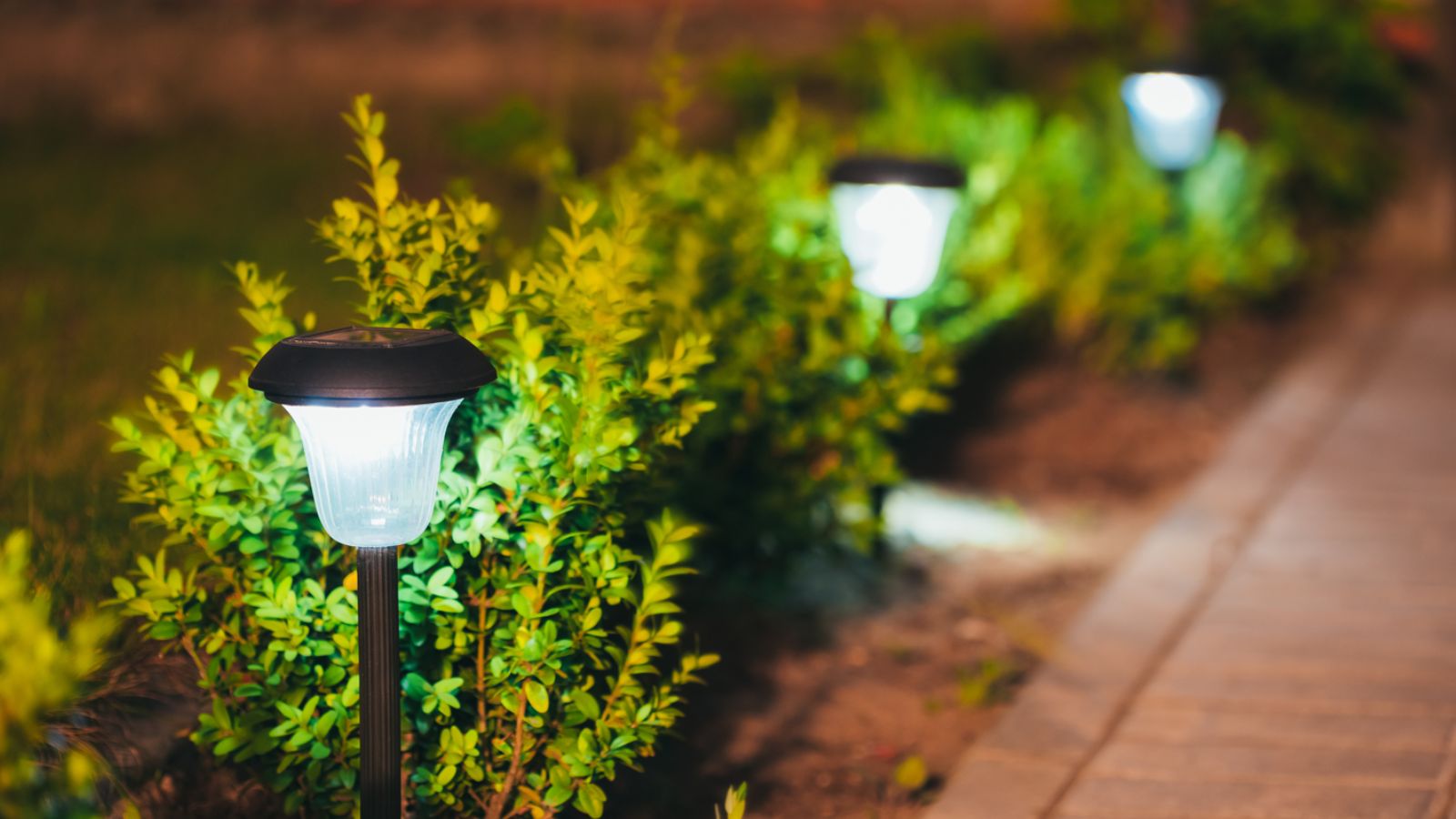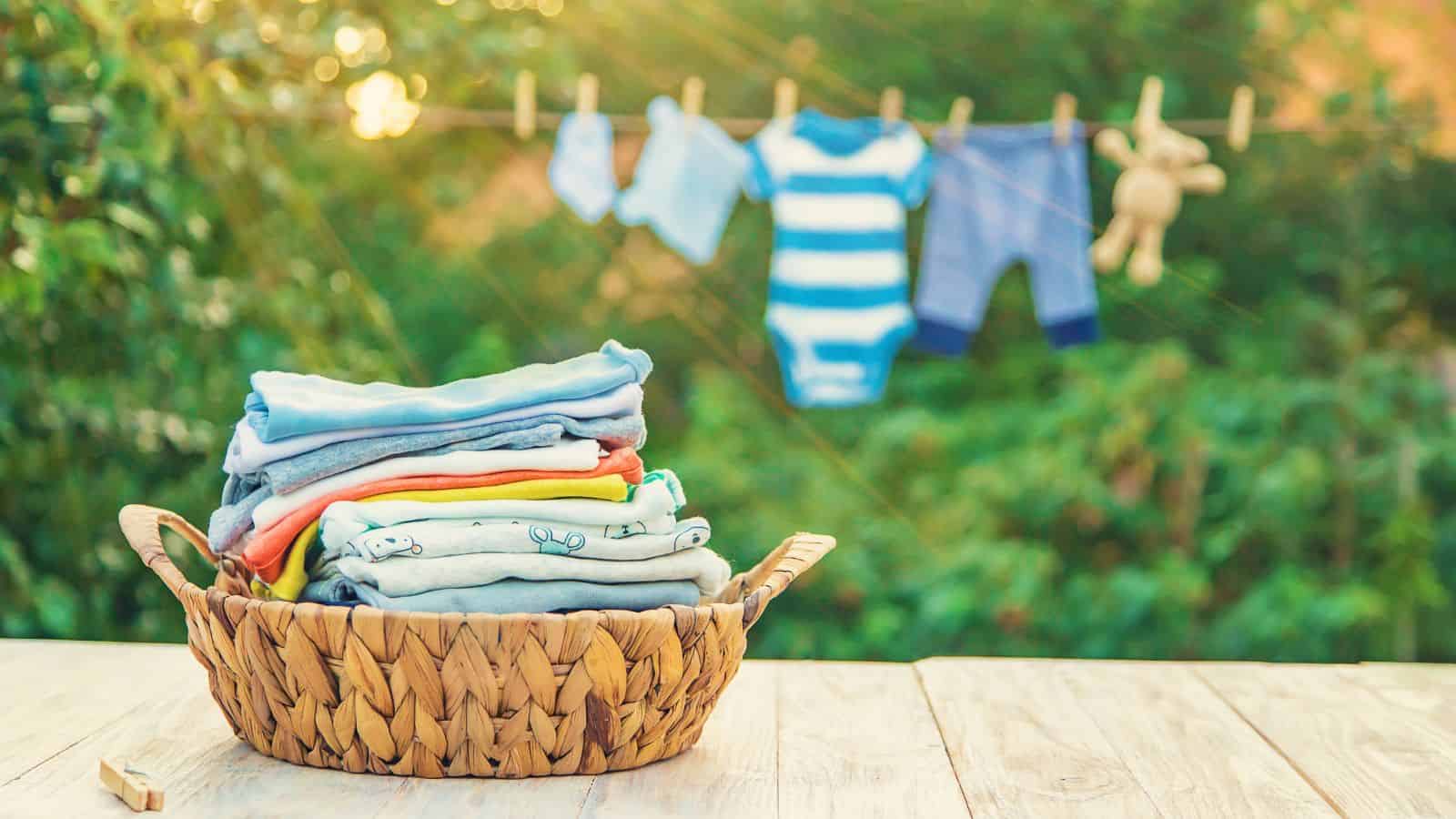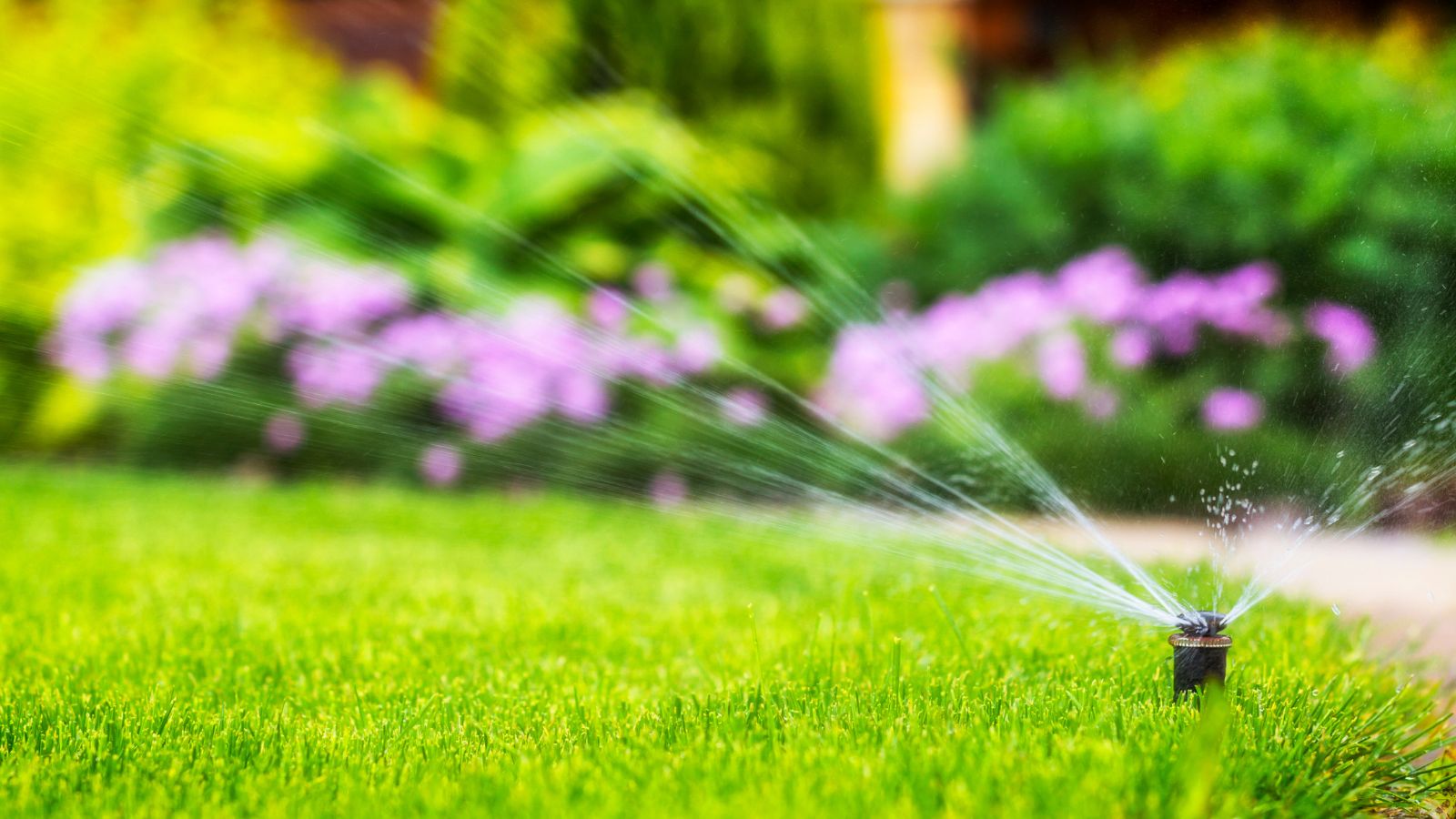Everyone wants to ensure their home is eco-friendly, both to save money and, more importantly, to save the environment. Sadly, doing so can often seem expensive. Nonetheless, for you, it doesn’t have to be. Here are some pocket-friendly things that will make a lot of difference for your finances and environmental efforts.
Composting

Start composting kitchen scraps and yard waste to create nutrient-rich soil for your garden, and you’ll be doing the planet a lot of good for free. Composting reduces the amount of waste sent to landfills and provides a natural fertilizer for your plants, so it’s a simple practice that benefits both your garden and the environment.
Reusable Bags

You should consider eliminating single-use plastic bags from your shopping trips by opting for reusable shopping bags. These bags are sturdier, hold more items, and help reduce plastic waste, so there’s really no reason not to use them. Keep a few reusable bags in your car or near your front door to ensure you always have them handy when heading out for groceries, and you’ll never look back.
Natural Cleaning Products

When you make the switch to natural cleaning products, you’ll be avoiding spreading harmful chemicals around your home, which also helps the environment. Many eco-friendly cleaners are just as effective as traditional ones but are just safer; you can even make your own using ingredients like vinegar, baking soda, and essential oils, reducing waste.
Energy-Efficient Lighting

One of the most affordable ways to make your home more affordable is to switch to energy-efficient LED bulbs, which will significantly reduce electricity consumption. These bulbs last longer than traditional ones, saving money on replacements. Additionally, as the Department of Energy points out, they also emit less heat, which helps lower cooling costs.
Smart Thermostat

It’s pretty cheap to install a smart thermostat, yet it greatly helps to optimize your home’s temperature settings. These devices learn your schedule and adjust heating and cooling accordingly, reducing energy waste. By maintaining efficient temperature control, you can lower your energy bills significantly and reduce your carbon footprint without sacrificing comfort.
Water-Saving Fixtures

If you upgrade your home appliances and fixtures to water-saving versions, such as low-flow showerheads and faucets, this will drastically reduce your water usage. This change not only conserves a precious resource but also reduces your water bills over time, making it a win-win situation. Best of all, these fixtures maintain good water pressure, even while using less water.
Insulate Your Home

If you install proper insulation into your home, it will keep it warm in the winter and cool in the summer, reducing the need for excessive heating and cooling. This will lead to significant energy savings, so check your attic, walls, and windows for insulation and seal any gaps to maintain an energy-efficient home.
Solar-Powered Lights

It’s a great idea to use solar-powered lights for outdoor areas, allowing these lights to charge during the day and illuminate your garden or walkway at night. They’re easy to install, require no wiring, and completely eradicate their electricity costs, especially if you live in a sunny area.
Water Heater Timer

A lot of people don’t install timers onto their water heaters, which is a silly move, as they can save huge amounts of energy and reduce your bills. Set the timer to heat water only when needed, such as during peak usage times, and this will prevent the heater from running constantly, which lowers energy consumption and prolongs the lifespan of the appliance.
Second-Hand Furniture

The furniture industry contributes greatly to landfill waste, so opt for second-hand or refurbished furniture when possible. Pre-owned items can add unique character to your home and often cost less than new pieces, so check out some local thrift stores, online marketplaces, and garage sales for quality furniture that fits your style.
Indoor Plants

To improve the air quality of your home and add a natural touch to your environment, consider buying some indoor plants, such as spider plants, snake plants, and pothos. These examples, in particular, are known for their air-purifying properties, and don’t worry–they attract spiders or snakes.
Draft Stoppers

So many people forget that draft stoppers even exist, but they’re incredibly useful at blocking cold air from entering your home through doors and windows. These simple and cheap devices help maintain a consistent indoor temperature, reducing the need for heating. If you’re reluctant to spend money on them, just make your own using fabric and filling materials like rice or sand.
Recycling

If you want your home to be more eco-friendly, consider setting up a recycling system to properly sort and dispose of recyclable materials. Educate your household on what can and cannot be recycled, and remind them that by recycling paper, plastic, glass, and metal, you reduce landfill waste and contribute to a more sustainable environment.
Energy-Efficient Appliances

While they cost a lot upfront, the savings you will make from energy-efficient appliances will make them worth the investment in no time. Wait until it’s time to replace old ones, and look for the ENERGY STAR label, which indicates the appliance meets strict energy efficiency guidelines. These appliances use less electricity and water, resulting in lower utility bills and a reduced environmental impact.
Rainwater Harvesting

The ancient art of collecting rainwater is rarely done these days, but you can still do it today. You can use it for outdoor use, and you’ll conserve tons of water. Install a rain barrel to capture runoff from your roof and use it to water your garden or lawn, reducing your reliance on municipal water sources and helping you lower your water bill.
Line Drying Clothes

There’s no denying that electric dryers are convenient, but they’re very energy-intensive, making them terrible for the environment and your bills. So, consider line-drying clothes instead, saving you lots of energy while also extending the life of your garments. They’ll feel and smell so much fresher, too.
Programmable Sprinklers

If you rely on sprinklers to water your garden, make sure you’re using programmable versions to avoid unnecessary waste. These systems allow you to set specific watering times and durations, ensuring your plants get the right amount of water without parching or drowning them. You’ll thank yourself later when you cut your water bill in half.
Low-VOC Paints

When buying paint, look for low-VOC (volatile organic compounds) products, as traditional paints release harmful chemicals into the air, affecting indoor air quality. Low-VOC paints are safer for your health and the environment, providing a cleaner and more sustainable option for decorating your home.
Carpooling and Public Transport

Whenever possible, it’s smart for many reasons to carpool or use public transportation to get to work. Doing so greatly decreases the number of vehicles on the road, leading to less air pollution and congestion while also saving you plenty of money.
DIY Repairs

Next time you need to fix something at home, consider trying out a DIY repair project to extend the life of the object. Fixing things yourself can be cost-effective and rewarding and greatly reduces waste, preventing you from getting into the habit of buying new items every time something breaks. These days, there’s an online tutorial for fixing just about everything, so there’s really no excuse not to.

